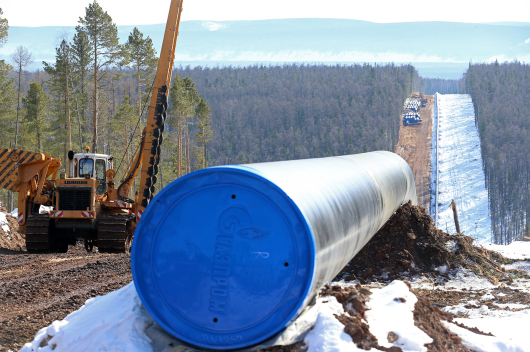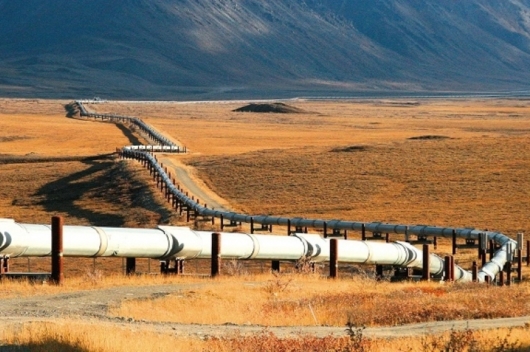Hopes for transit through Mongolia appeared to brighten last month following a meeting of the three countries’ presidents at Russia’s Eastern Economic Forum in Vladivostok. Mongolian President Kh.Battulga took the occasion to repeat his appeal for new oil and gas pipeline routes through his country, eliciting a positive response. “This is all in the works,” said Russian President Vladimir Putin on Sept. 12, Interfax reported. Chinese President Xi Jinping’s reaction to the pipeline plan was not reported, but in a speech at the forum, Xi called for regional cross-border links.
In June, the three countries agreed to establish a “China- Russia-Mongolia economic corridor.” Last month, Kh.Battulga also hailed China’s cooperation on a high-voltage transmission project as the start of a Northeast Asian electricity grid.
Support for Mongolian energy transit has been building since the first trilateral meeting in 2014 with then-President Ts.Elbegdorj at the Shanghai Cooperation Organization (SCO) summit in Dushanbe, Tajikistan. That meeting followed two weeks after Xi’s icebreaking visit to Ulaanbaatar, marking the first trip by a Chinese president to neighboring Mongolia in 11 years. Four years of bridge building have so far produced a series of optimistic statements on the pipeline possibilities but, so far, few results.
From Russia’s standpoint, building a gas pipeline across the Mongolian steppe is likely to be faster and easier than completing its planned 2,800-kilometer (1,740-mile) western route through a narrow corridor to Xinjiang over the remote Ukok Plateau of the Altai Mountains.
Despite the drawbacks, Russia’s monopoly Gazprom has pushed the Altai project for over a decade as its preferred option to supply China, even as it rushes to complete its 4,000-kilometer (2,485-mile) Power of Siberia eastern route. The giant pipeline is scheduled to open in December 2019.
The Power of Siberia line is designed to deliver 38 billion cubic meters (1.3 trillion cubic feet) of gas per year while the Altai project would supply 30 billion cubic meters annually. A Mongolia route could break the Altai impasse, avoiding both the mountains and restive Xinjiang, which already has a surplus of resources and pipelines.
Before Russia opened a direct branch to China for oil exports from its East Siberia-Pacific Ocean (ESPO) pipeline in 2011, it tried to supply China through two Trans-Siberian Railway routes.
Most of the oil traffic was routed through the more distant Zabaikalsk border crossing with China to the east, avoiding Mongolia, while smaller volumes were shipped across Mongolia through the Naushki crossing in southern Siberia.
After a series of complaints over high tariff costs on both routes, the Mongolia traffic was halted entirely in 2007 amid reports that China considered it less secure. The border between the two countries is 4,700 kilometers (2,920 miles) long.
A decade later, Russian energy supplies and routes to China have increased dramatically along with Chinese demand, particularly for gas.
China’s gas consumption rose 15 percent last year, according to the National Bureau of Statistics (NBS), and increased by 17.5 percent in the first half of 2018 as the government pursued its push for cleaner-burning fuels.
The question is whether conditions have changed enough for China to rely on Mongolian transit. (RTA)
 3,488.01
3,488.01












Related News